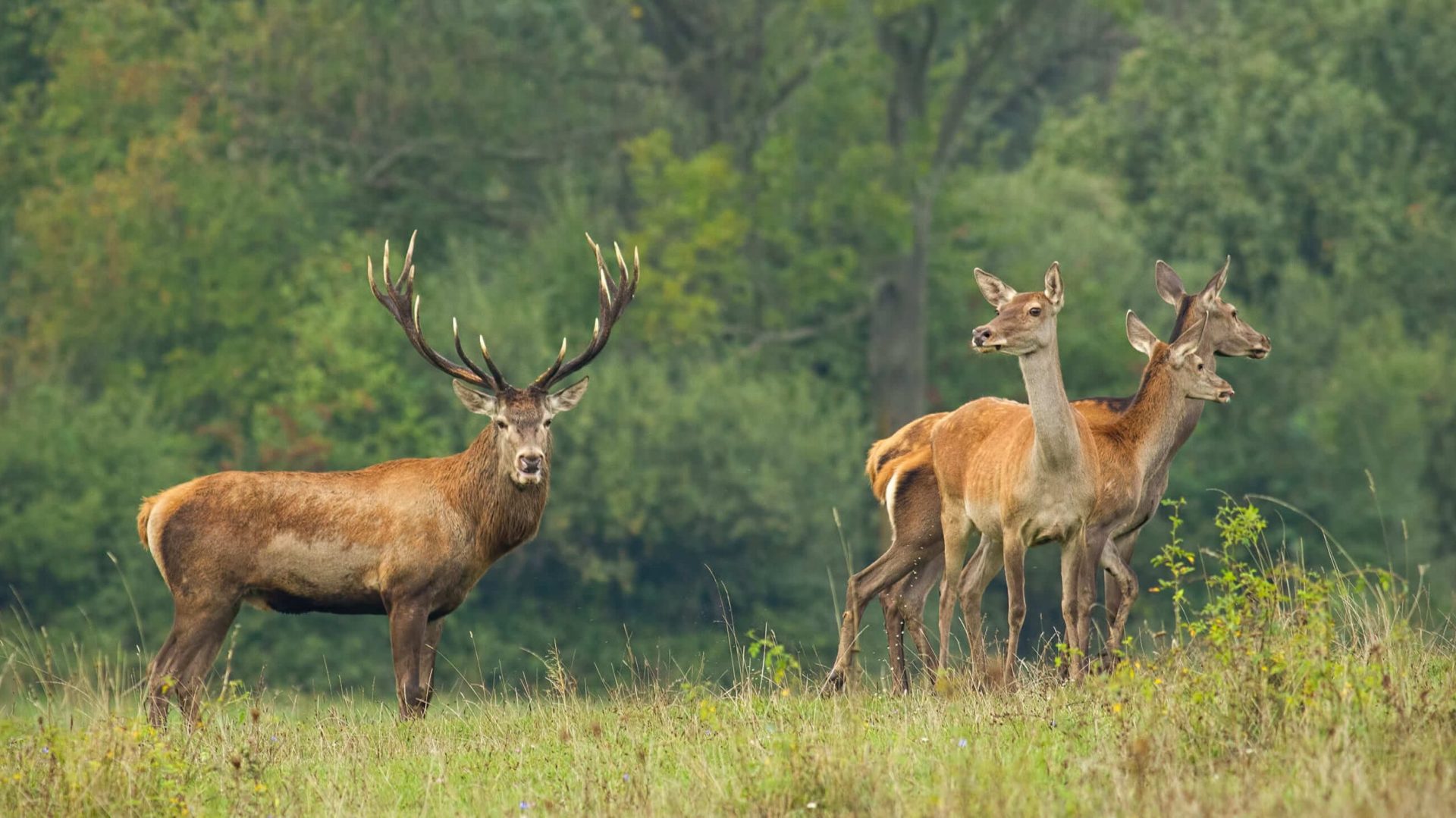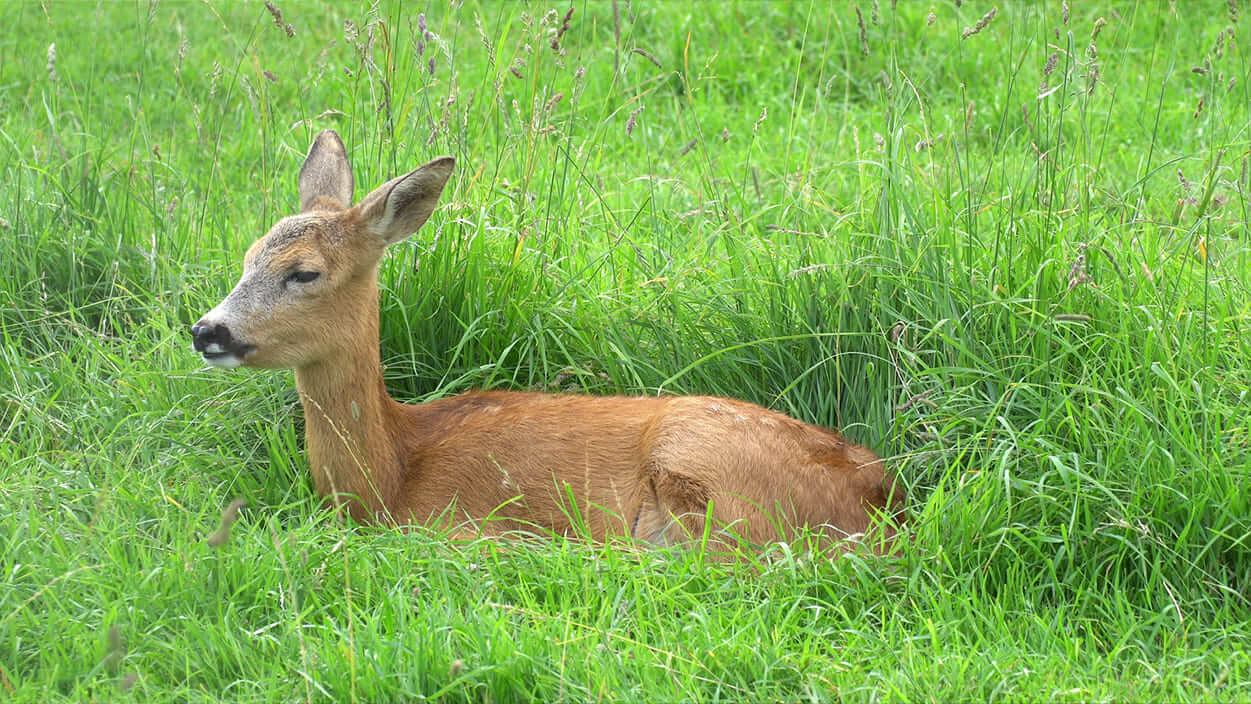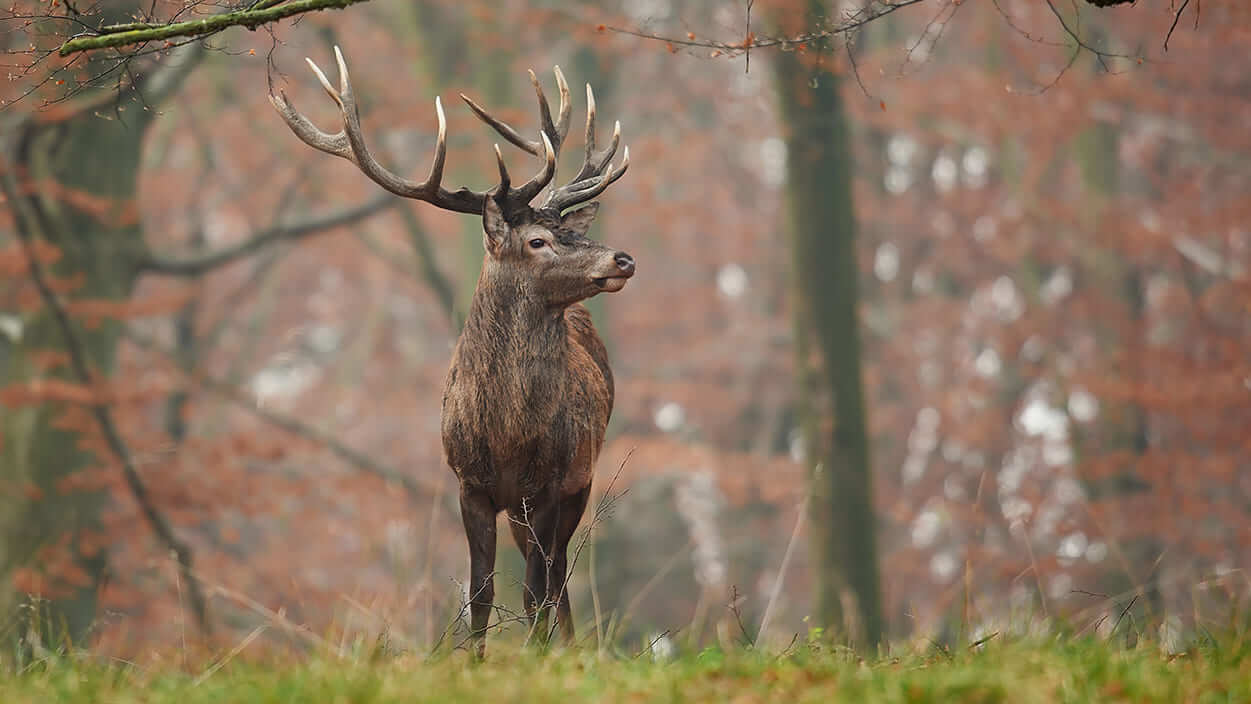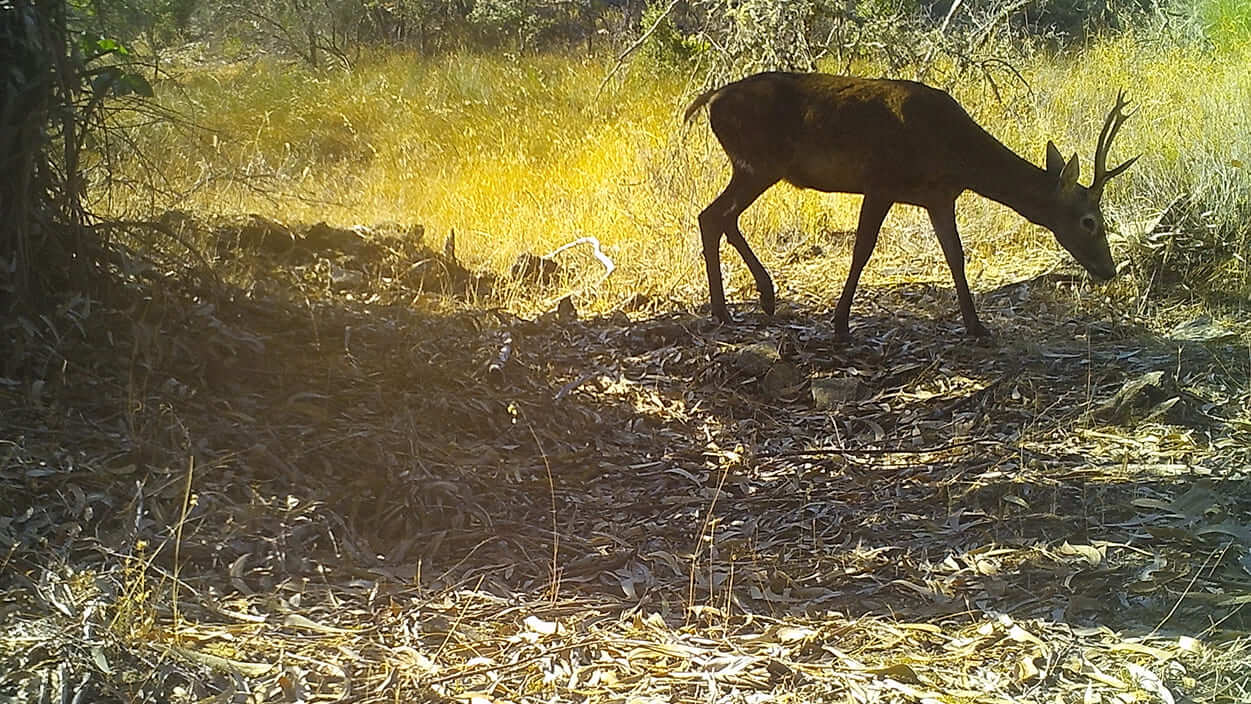In the 1990s, red deer were extinct in the central interior region of Portugal. In 2022, this region has a population of over 3,000 Cervus elaphus. Behind this change was a programme for the reintroduction of red deer in the Serra da Lousã mountains, which biologist Carlos Fonseca was involved in from the beginning.
In the 1990s, there were high densities of deer in confined areas under state management, such as at the Herdade da Contenda (Moura) and the Tapada de Vila Viçosa (Évora), but wild Cervus elaphus were scarce in some Portuguese regions and were considered regionally extinct in the Serra da Lousã mountains.
With an ecosystem rich in forest, heathland, and water resources, this mountain range had the right conditions to provide a home for this great mammal. With this in mind, the state forestry services (today ICNF – Institute for Nature Conservation and Forests), together with the University of Coimbra, designed what is today considered internationally to be an exemplary reintroduction programme.
Carlos Fonseca, then a final year biology student at the University of Coimbra, was involved in this challenge from the very beginning and tells us that, besides the exceptional conditions of the ecosystem, two other factors were essential for the success of the reintroduction of red deer into the Serra da Lousã mountains: “scientific support and territorial support”, with organised expertise and the involvement of the local populations and the municipalities of Lousã and Penela.
In March 1995, the first deer from Contenda and Vila Viçosa arrived in Lousã and the procedure was replicated in subsequent years. By the turn of the century, about 120 deer had been reintroduced and some others were reintroduced in adjacent areas in the early 2000s.






